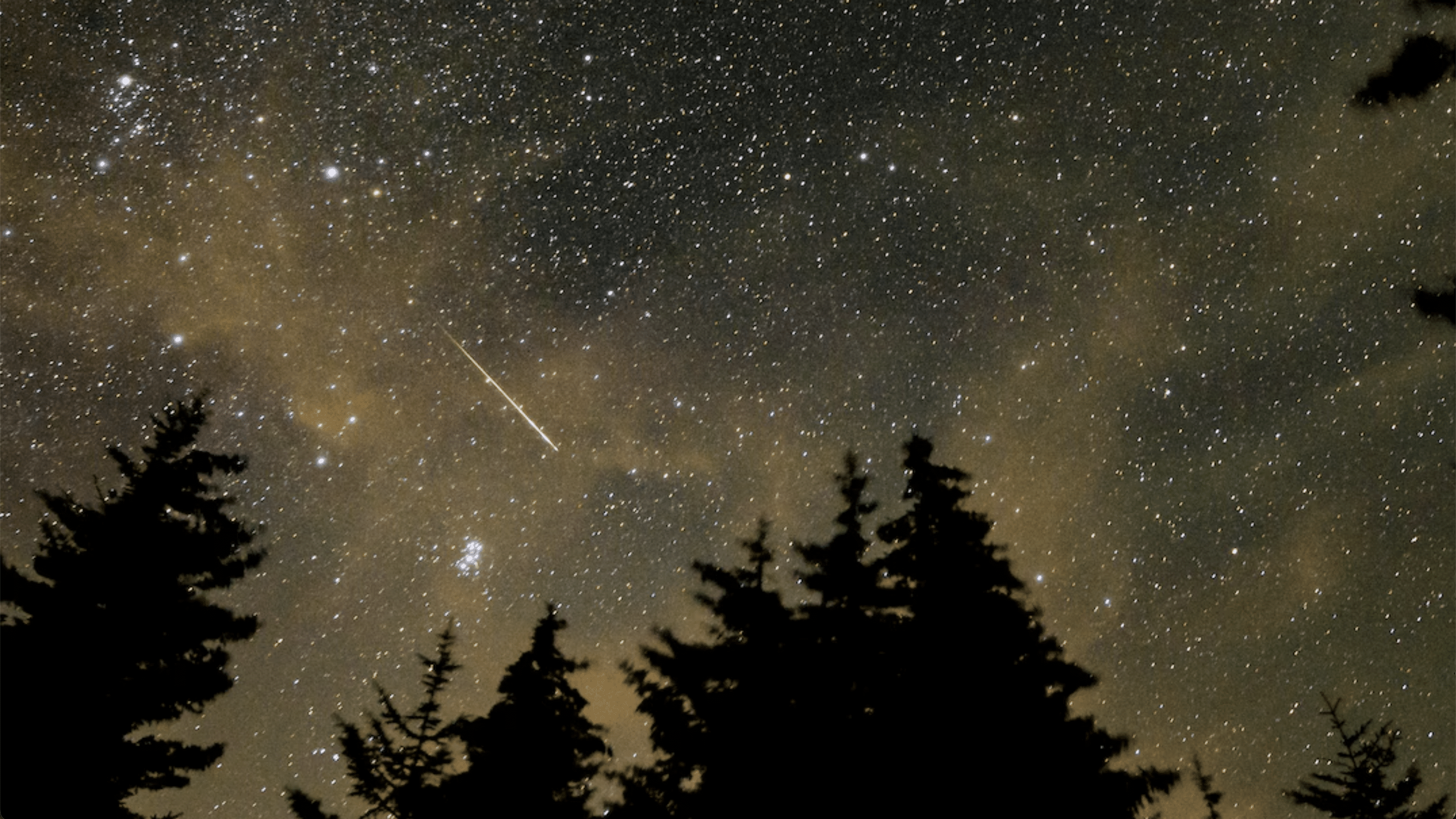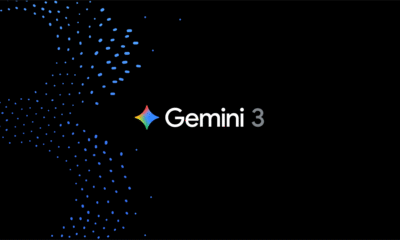News
Perseid Meteor Shower 2025: Peak Viewing Tips for Aug. 12–13 Despite Bright Moonlight
Every August, the Perseid meteor shower treats stargazers worldwide to one of the year’s most spectacular night sky displays. In 2025, the shower will peak from Aug. 12–13, promising bursts of celestial streaks across the sky. But this year comes with a twist — a bright 86% waning gibbous moon will wash out many of the fainter meteors, making the brightest fireballs the stars of the show.
What to Expect in 2025
Under ideal dark-sky conditions, the Perseids can deliver up to 100 meteors per hour at peak. However, meteor expert Robert Lunsford of the American Meteor Society predicts the moonlight will reduce visible rates to about 15 per hour at best. Still, the Perseids’ famed long, bright fireballs make it worth staying up for the spectacle.
NASA notes that some meteors could be visible as early as 10 p.m. local time on Aug. 12, with the best window between 1 a.m. and 5 a.m. — when the moon is lower in the sky and your back is to its glare.
Where to Look
The meteors will appear to radiate from a point near the star Eta Persei in the constellation Perseus, located in the northeastern sky. To maximize your chances:
-
Face north, with the moon behind you.
-
Look about 40° above the radiant for the longest trails (your clenched fist at arm’s length equals ~10°).
-
For early evening viewing, keep an eye out for “earthgrazers” — long, slow meteors skimming the atmosphere.
A smartphone stargazing app can help locate Perseus and orient your view.
Capturing the Moment
Photographers should use a sturdy tripod, a wide-angle lens, and long exposure times. The Nikon Z6 II is a top pick for astrophotography thanks to its rugged build and low-light performance. Remember to include a bit of the horizon or landscape for dramatic perspective.
Why the Perseid Meteor Shower Happen
The shower occurs annually when Earth passes through the debris trail of comet 109P/Swift-Tuttle. These tiny comet particles slam into our atmosphere at up to 37 miles per second, burning up in bright streaks.
Post-Peak Viewing
If you miss the peak, you might still catch Perseids in the days following — but meteor rates drop by 50% each night after Aug. 13. Once the moonlight fades, the show will be mostly over for the year.
So grab a blanket, find a dark spot, and enjoy one of the sky’s grandest annual spectacles — even if the moon decides to steal a bit of the spotlight.

































